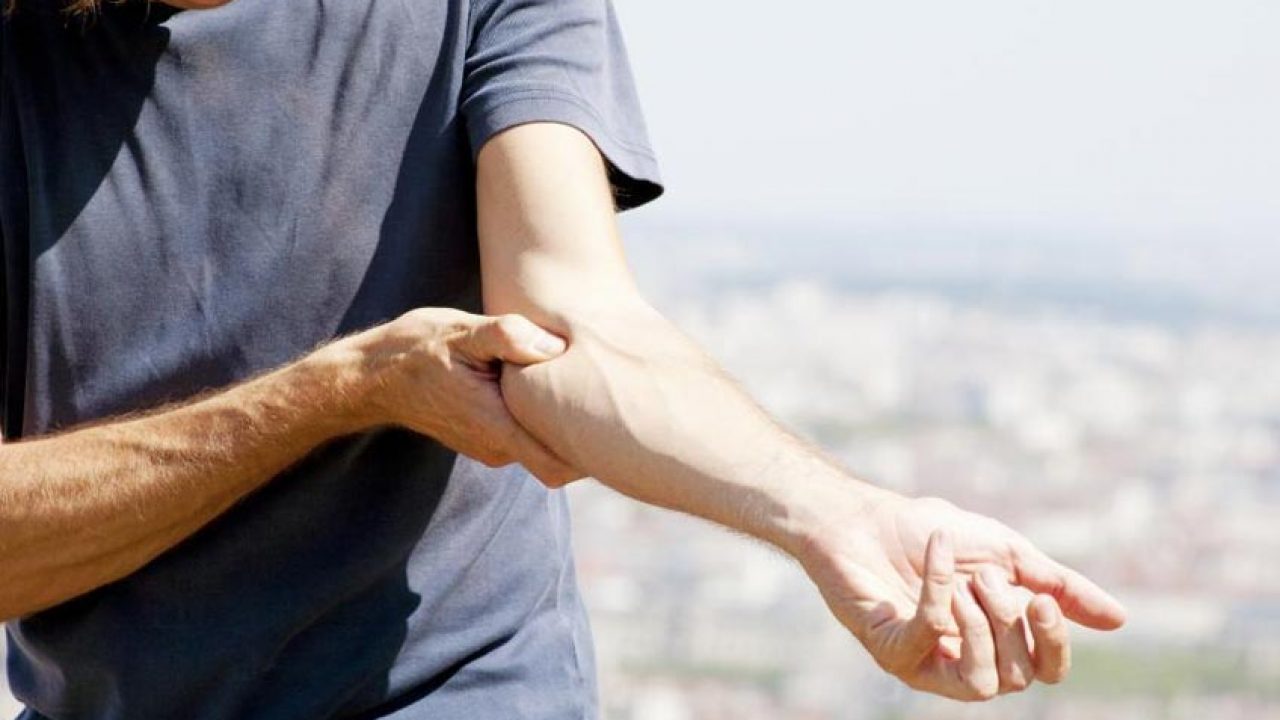
Golfer’s elbow, also known as medial epicondylitis, occurs due to repetitive overuse or abnormal bending and twisting of the upper arm. The forearm, including the ulnar nerve, bursa, tendons and muscles, is injured and inflamed because it is forced to bear too much weight. Golfer’s elbow affects the entire arm and often causes a swelling in the hand and elbow region, resulting in pain and difficulty with movement. Medial epicondylitis can be treated with anti-inflammatory medications or with surgery, but the treatment must start before there are signs and symptoms of symptoms or inflammation.
Like most tennis elbow, golfer’s elbow is a very common condition of the arm, but it may be more painful than tennis elbow or other forms of elbow pain. The ulnar nerve runs from the wrist down the arm and connects the forearm muscles to the elbow joint. The forearm contains many muscle groups involved in promoting and flexing the thumb and fingers and also some muscles involved in gripping objects.
Pain is usually felt along the medial side of the forearm and extends down to the fingertips. Sometimes the pain is located at the base of the index finger and at the inside of the forefinger. In most cases, the pain is felt between the shoulder blades, but it can also extend to the chest and even to the back of the knee. This pain can be relieved with heat, ice and/or passive rest. In serious cases, patients may need to receive surgery.
One of the more common symptoms is a dull, stabbing pain around the middle of the forefinger, on the outer side of the index finger, between the shoulder blades, or above the forefinger when the hand is raised. In more severe cases, the pain can extend down to the inside of the wrist or even to the hand below the elbow joint.
There may also be a popping, cracking, or snapping noise when the hand is held in a certain position. This is known as radiating pain. It may be described as shooting pain, clicking pain, shooting pains. it can also be described as a "burning" feeling in the wrist or elbow joint.
The most likely cause for the pain is inflammation. Inflammation is the common cause of most sports injuries, as the muscles become inflamed and swollen due to repetitive use. and repetitive movements.

If the pain does not improve with anti-inflammatory treatments, then the next step is to get checked out by a physician. The doctor will determine if you have tennis elbow and then perform x-rays or MRI scans. He will then make sure that the cause of the pain is in fact golfer’s elbow and not tendonitis or another cause.
If surgery is required, your doctor will generally recommend that you see him or her in a doctor’s office, rather than at home. Home treatment may include anti-inflammatory medications or surgery.
Before the surgery, your doctor will discuss the best way to prevent further injury. Your doctor will also explain the benefits of surgery, such as the relief of pain, and the safety of the procedure. He will also let you know about any potential side effects that may occur after surgery and what to expect during the recovery period.
A surgery should be performed under general anesthesia. The doctor will then remove the infected tendons that may be causing the pain. The surgeon will use stitches to close up the incision, and your doctor will probably also insert a laser in order to make small cuts in the tendons, if necessary.
After the surgery, the surgeon’s procedure is usually followed by some type of healing time. Most people will experience some pain or swelling at the site of surgery, but it is not usually long lasting. Typically, this healing time will last about two to four weeks.
Recovery from the surgery should be less strenuous than the surgery itself. This will depend on the type and extent of the surgery and the length of time the surgery was needed to cure your pain.